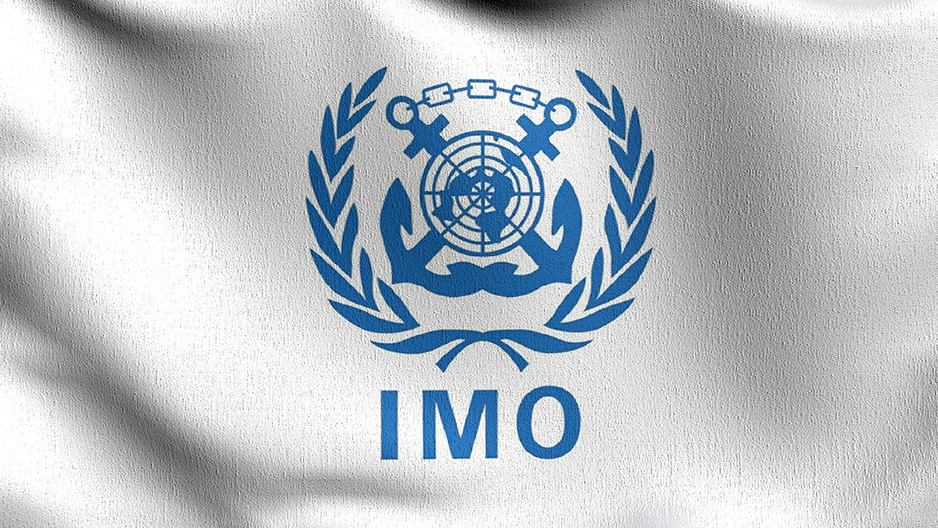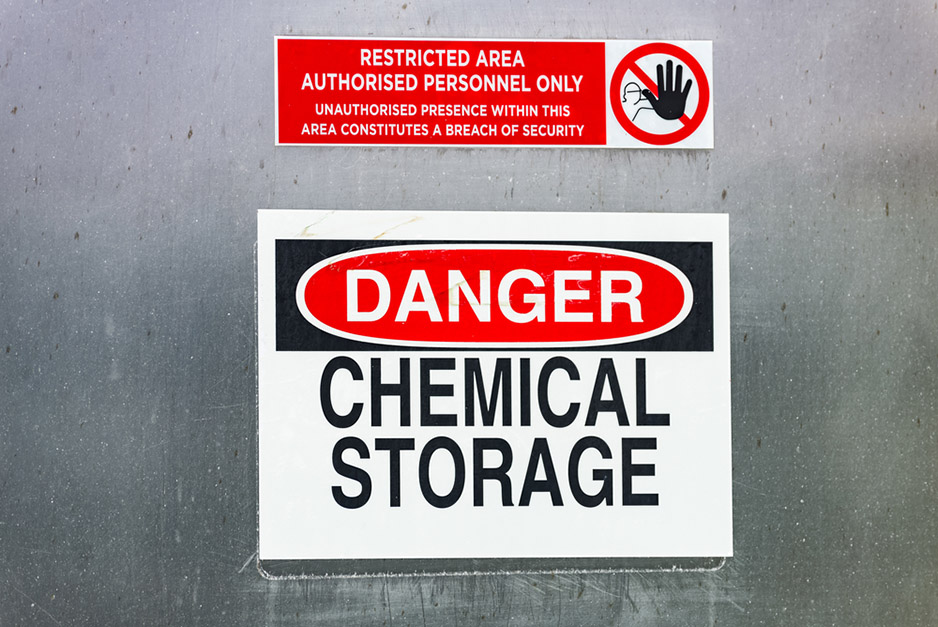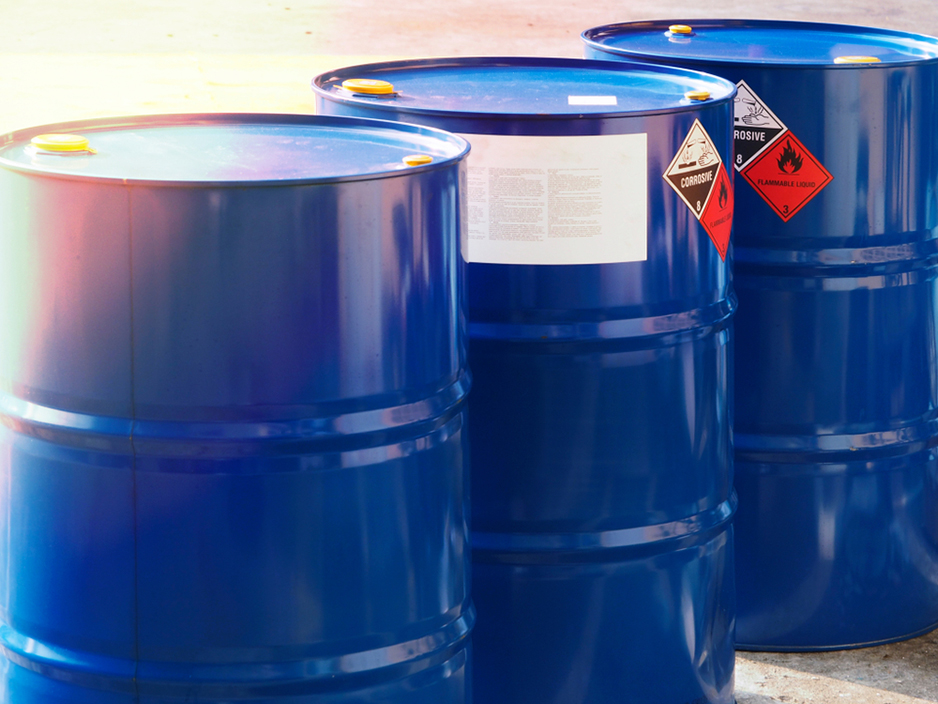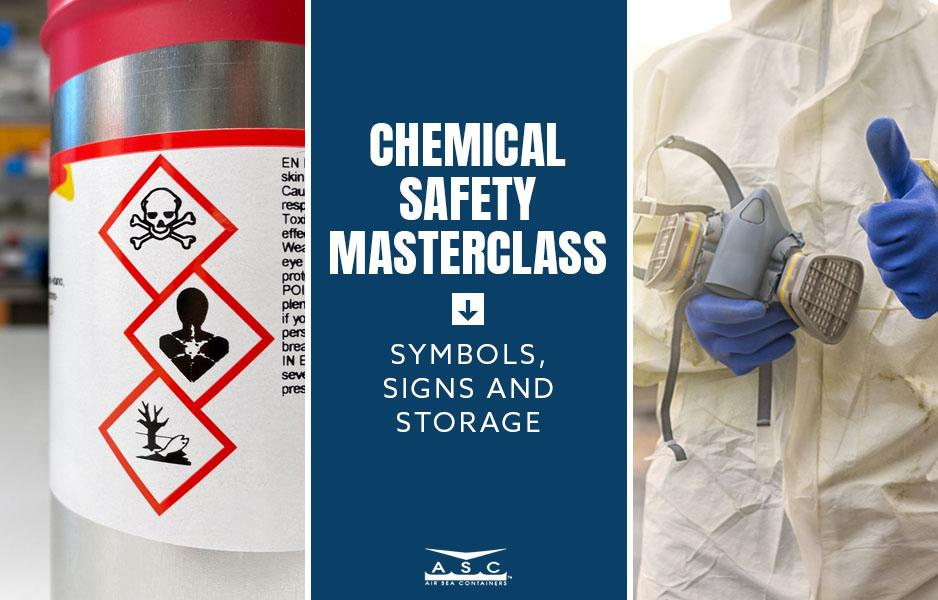Source: Tavarius/Shutterstock.com
Summary:
- IMO Certifications are also called IMO/MED Certifications.
- Marine equipment and materials that passed IMO/MED certifications meet applicable international fire safety and flammability standards.
- IMO/MED testing protocols are outlined in the Fire Test Procedures Code.
The International Maritime Organization (IMO) is a United Nations Special Agency tasked with overseeing international maritime shipping regulations. One of IMO’s most important responsibilities is establishing testing standards and safety protocols for seafaring ships and their cargo, as per the terms of the Safety of Life at Sea (SOLAS) Convention.
Learn about IMO certification requirements and testing protocols, which materials can be IMO-certified and why these certifications are necessary when shipping overseas.
What Are IMO Certifications?
The IMO certification is a common name for the IMO/MED (Marine Equipment Directive) certification. The Marine Equipment Directive is a set of safety standards established by the European Commission, initially passed in 1996 (Directive 96/98/EC) and later updated in 2014 (Directive 2014/90/EU).
The original objective of the MED is to establish minimum quality standards for marine equipment on European ships. One critical aspect of these standards is fire safety and flammability.
As part of a standardization effort in 2010 (MSC Resolution 307(88)), the IMO updated its original 1998 fire testing procedures. It aligned itself with MED testing standards to create a new protocol: the IMO/MED certification.
Like hazmat placards are required on containers transporting dangerous goods, all IMO/MED-certified materials must display the IMO Wheelmark. The image features a distinctive symbol shaped like a 12-spoke naval wheel.
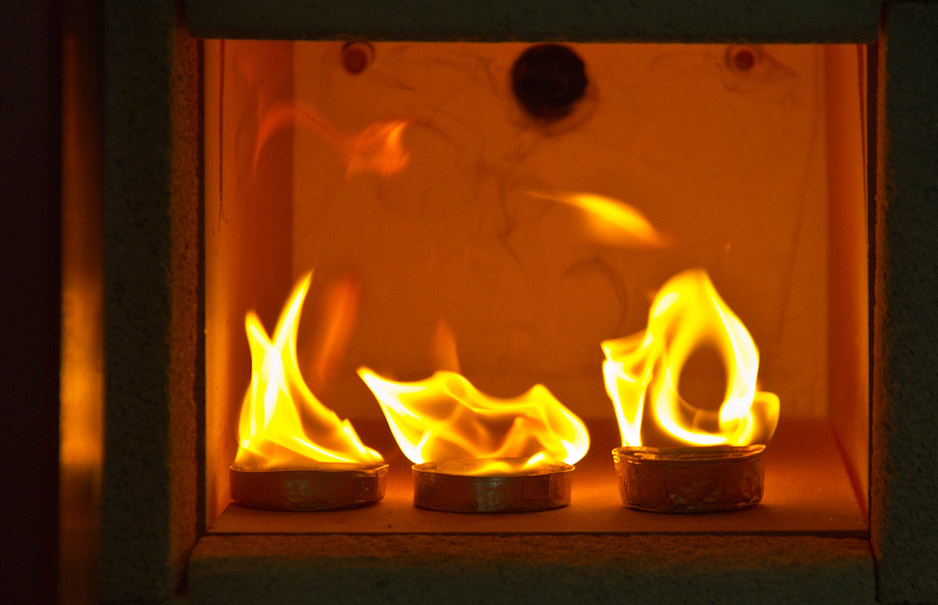
Source: sturmpix/Shutterstock.com
How to Obtain an IMO/MED Certification
IMO/MED certifications are delivered to materials used in maritime settings that passed the tests outlined in the IMO Fire Test Procedures Code (FTPC). The 2010 version of the IMO FTPC is the most up-to-date version in the list of current IMO publications.
Flammability and fire safety testing standards are outlined in FTPC Parts 1, 2, 5, 7, 8 and 9. Although not all tests may apply to a given material, only an accredited IMO/MED laboratory can conduct these tests and deliver the Wheelmark.
Shop the List of Current IMO Publications
FTPC Part 1: Non-combustibility test
FTPC Part 1 applies to building materials for maritime applications, such as marine plasterboard or mineral wool insulation. This test is identical to the EN ISO 1182 non-combustibility test.
During this test, five samples of the tested materials are placed in a furnace and exposed to temperatures of approximately 750°C (1382°F). To pass the test, the materials must receive a “Non-combustible” performance rating.
FTPC Part 2: Smoke and toxicity test
FTPC Part 2 applies to marine paints, coatings and varnishes. This test evaluates the quantity and toxicity of the fumes produced by these products when exposed to fire.
FTPC Part 2 uses Fourier Transform Infrared (FTIR) spectroscopy to analyze the fumes. It also determines the quantities of carbon monoxide (CO), hydrogen chloride (HCl), hydrogen bromide (HBr), hydrogen fluoride (HF), hydrogen cyanide (HCN), nitrogen oxide and dioxide (NO + NO₂) and sulfur dioxide (SO₂).
The tested material receives a passing grade if the fumes do not contain more than the following quantities of toxic gases:
- CO: 1450ppm
- HCl: 600ppm
- HBr: 600ppm
- HF: 600ppm
- HCN: 140ppm
- NO + NO₂: 350ppm
- SO₂: 120ppm
FTPC Part 5: Surface flammability test
FTPC Part 5 is a relatively simple test designed to evaluate the tested material’s flammability and fire spreading capabilities. The test also evaluates the ignition duration, the intensity of the heat produced and the presence of burning particles.
A passing grade is given to a testing material if it falls under specific target flux and heat values. Acceptable scores vary depending on the type of material tested.
IMO Dangerous Good Declaration (IMDG) Forms
FTPC Parts 7, 8 and 9: Textile flammability tests
FTPC Parts 7, 8 and 9 are a group of flammability tests intended for different marine textiles. Part 7 tests the flammability of vertically-supported materials (curtains, films, etc.), Part 8 tests upholstered furniture (e.g., PU Leather) and Part 9 tests bedding components (pillows, mattresses, blankets, seating implements, etc.).
All three tests consist of two parts simulating the effects of small flame ignition: a smoldering cigarette test and a butane lighter test.
- Cigarette test: After letting a cigarette burn its full length on top of the tested material, it must not char through its entire thickness, emit open flames or smolder for over an hour after the cigarette has burned through.
- Lighter test: After applying a test flame for 20 seconds, the tested material must not emit flames for more than 150 seconds.
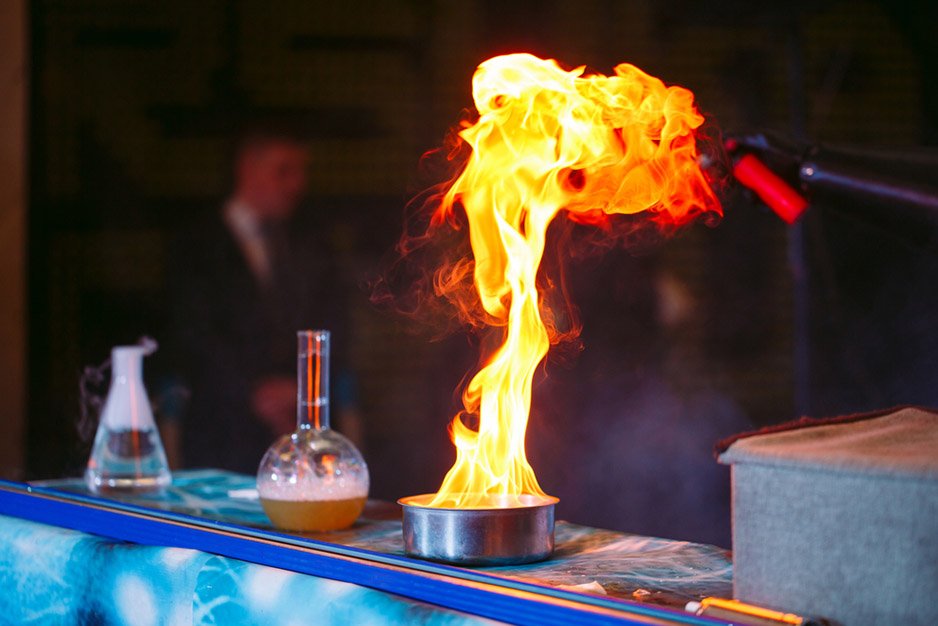
Source: David Tadevosian/Shutterstock.com
Why Are IMO/MED Certifications Essential?
Using IMO/MED certified materials and equipment is critical for fire and environmental safety on any IMO-regulated vessel, including cargo ships, yachts and ferries. Due to the additional risks involved, they can be especially life-saving on ships transporting hazardous materials, such as those listed on an IMO Dangerous Goods Declaration.
An IMO/MED certification is proof that, if a fire incident occurs on a vessel, these materials possess sufficient fire-retardant capabilities to stop or otherwise slow down the spread of a fire. These tests also ensure these materials don’t release toxic or environmentally harmful gases when burning or exposed to high heat.
Ship Your Goods Safely with Air Sea Containers
At Air Sea Containers, we offer a wide range of UN-rated containers, packing materials and storage units suitable for hazardous materials and compliant with all applicable international regulations. Browse our selection today, and contact us for more information about our products.

